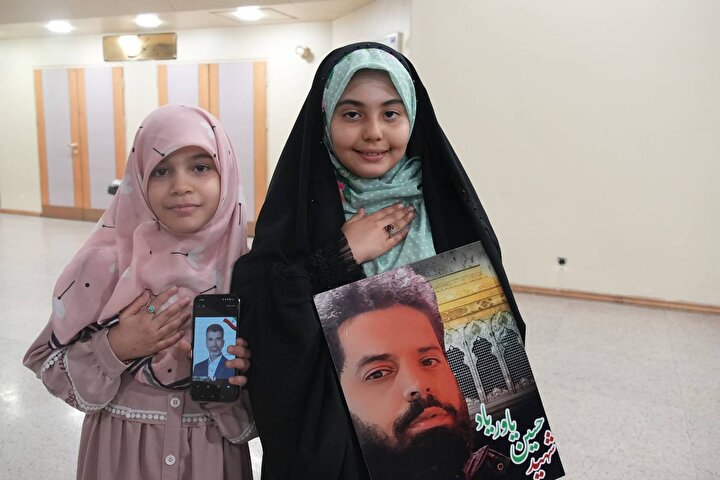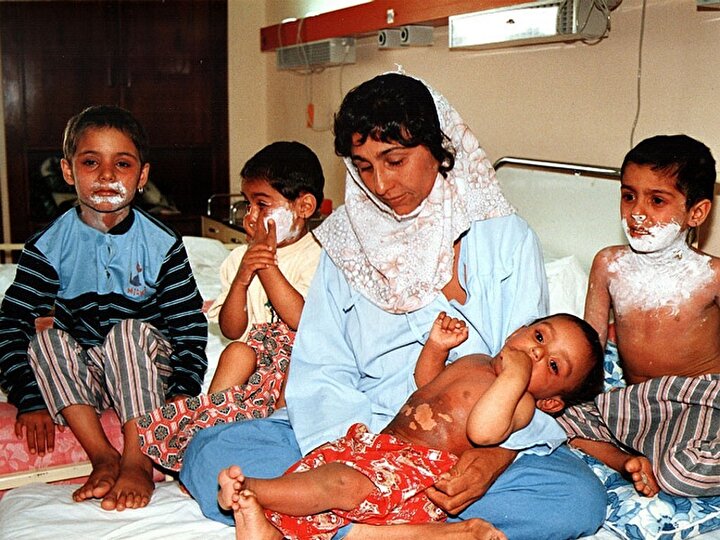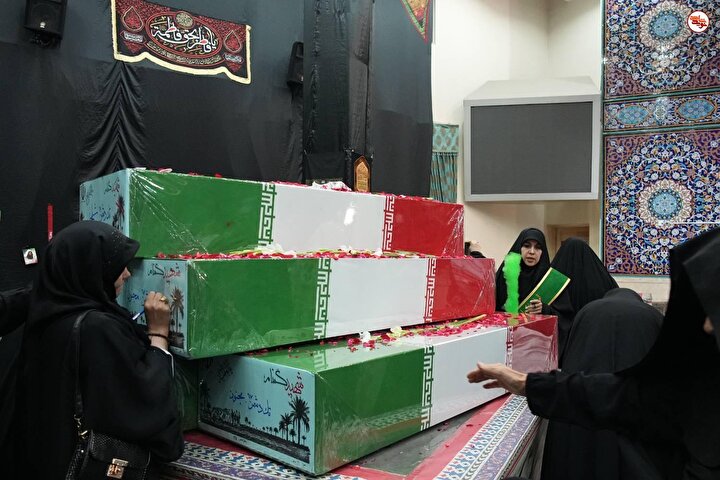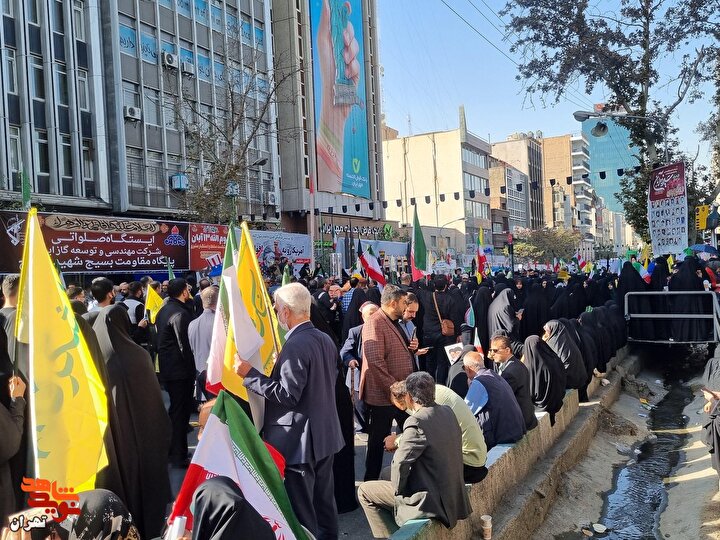Friday, September 11, 1981
Assassination of Ayatollah Madani, the «Mehrab Martyr» ØŒ Mehrab means Sanctuary
Ayatollah Seyyed Assadullah Madani was born in 1914 in suburb of Azar Shahr, East Azerbaijan. Early in his life, he departed for Qom to study religious sciences. Having accomplished
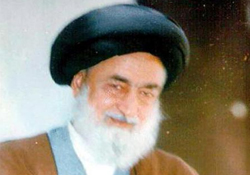
Ayatollah Seyyed Assadullah Madani was born in 1914 in suburb of Azar Shahr, East Azerbaijan. Early in his life, he departed for Qom to study religious sciences. Having accomplished preliminary and Sath courses, he acquired Fiqh and Usol in the presence of Imam Khomeini for nearly 4 years. Then he left for Najaf to participate in classes of such teachers as Seyyed Abulhassan Isfahani, Seyyed Abdul Hadi Shirazi, Seyyed Mohsen Hakim and Seyyed Abulqassem Khoi. Years before entering the scene of political struggles, Ayatollah Madani opposed anti-religious ideas of Kasravi and cooperated with Navab Safavi. With launch of the popular movement of Iranian people led by Imam Khomeini and his subsequent exile to Najaf, Ayatollah Madani stood besides his teacher and leader and played a prominent role in making people acquainted with ideas and personality of Imam Khomeini. Ordered by Imam Khomeini, he went to Khoram Abad in 1971 and established a seminary there. His anti-regime activities cost him to be exiled to different cities for more than 3 years, but with culmination of the Revolution he returned to Qom. After the victory of Islamic Revolution, he was invited to Hamadan by its residents and later was elected their representative to the Assembly of Experts. After martyrdom of Ayatollah Qazi Tabatabai, the first leader of Friday Prayer of Tabriz, he succeeded him by a decree from Imam Khomeini, and did all his best to guard the ideals of the Revolution. The indefatigable Ayatollah Madani eventually was martyred by Monafeqin (People’s Mojahedin) on September 11, 1981, when he was 68, in the sanctuary and after performing the Friday Prayer. After glorious funeral processions in Tabriz and Qom, he was buried in Hazrat Masoumeh Holy Shrine.
Ayatollah Seyyed Assadullah Madani was born in 1914 in suburb of Azar Shahr, East Azerbaijan. Early in his life, he departed for Qom to study religious sciences. Having accomplished preliminary and Sath courses, he acquired Fiqh and Usol in the presence of Imam Khomeini for nearly 4 years. Then he left for Najaf to participate in classes of such teachers as Seyyed Abulhassan Isfahani, Seyyed Abdul Hadi Shirazi, Seyyed Mohsen Hakim and Seyyed Abulqassem Khoi. Years before entering the scene of political struggles, Ayatollah Madani opposed anti-religious ideas of Kasravi and cooperated with Navab Safavi. With launch of the popular movement of Iranian people led by Imam Khomeini and his subsequent exile to Najaf, Ayatollah Madani stood besides his teacher and leader and played a prominent role in making people acquainted with ideas and personality of Imam Khomeini. Ordered by Imam Khomeini, he went to Khoram Abad in 1971 and established a seminary there. His anti-regime activities cost him to be exiled to different cities for more than 3 years, but with culmination of the Revolution he returned to Qom. After the victory of Islamic Revolution, he was invited to Hamadan by its residents and later was elected their representative to the Assembly of Experts. After martyrdom of Ayatollah Qazi Tabatabai, the first leader of Friday Prayer of Tabriz, he succeeded him by a decree from Imam Khomeini, and did all his best to guard the ideals of the Revolution. The indefatigable Ayatollah Madani eventually was martyred by Monafeqin (People’s Mojahedin) on September 11, 1981, when he was 68, in the sanctuary and after performing the Friday Prayer. After glorious funeral processions in Tabriz and Qom, he was buried in Hazrat Masoumeh Holy Shrine.
